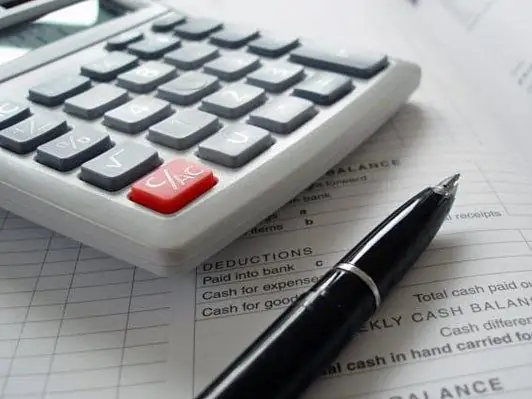- Author Isaiah Gimson [email protected].
- Public 2023-12-17 02:53.
- Last modified 2025-01-24 12:06.
The procedure for invoicing by an enterprise operating under a simplified taxation system has its own specifics. The rules for the formation of these important documents are useful and in demand.

It is necessary
- - PC with installed Windows operating system and Internet access;
- - Microsoft Excel program.
Instructions
Step 1
Use a text editor Excel or one of the specialized accounting programs that automatically calculate amounts, excluding inaccuracies and errors. Enter the word "Invoice" in the middle of the first line with the date and number assigned to the document. If payment was made on the basis of an agreement, indicate its full name, number and date of registration.
Step 2
Enter "Recipient" and fill in the information about the name, legal address and bank details of your company. Indicate "Buyer" or "Customer" and make a similar entry for the counterparty. Form a table and reflect in its columns the serial number and name of the goods, works or services, as well as the quantity, unit of measurement, price and total amount to be paid.
Step 3
Write down the name that coincides with those in other documents confirming the fact of this operation. Select pieces, kilograms, percentages or another contractual figure as the measuring unit. Enter "Total" after listing all products sold for payment and calculate the full amount of the payment.
Step 4
Based on the operation of the enterprise in the special mode of the simplified taxation system, make an adjustment to the standard line with VAT. Replace the entry with this parameter with "VAT will not be charged, since the Contractor applies the simplified tax system". Please provide the registration document confirming the tax regime of your company and attach a photocopy of it to the invoice.
Step 5
Certify the invoice with the signatures of the manager, chief accountant or other responsible person and put the stamp of the company. Use mail or fax and invoice the counterparty. The transfer of documents in electronic form implies the provision of their originals at the end of the tax period or at the request of the customer.






